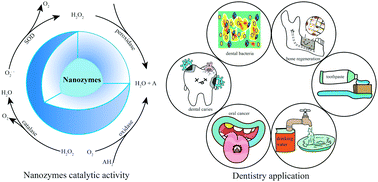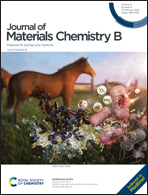Nanozymes go oral: nanocatalytic medicine facilitates dental health
Abstract
Nanozymes are multi-functional nanomaterials with enzyme-like activity, which rapidly won a place in biomedicine due to their number of nanocatalytic materials types and applications. Yan and Gao first discovered horseradish peroxidase-like activity in ferromagnetic nanoparticles in 2007. With the joint efforts of many scientists, a new concept—nanocatalytic medicine—is emerging. Nanozymes overcome the inherent disadvantages of natural enzymes, such as poor environmental stability, high production costs, difficult storage and so on. Their progress in dentistry is following the advancement of materials science. The oral research and application of nanozymes is becoming a new branch of nanocatalytic medicine. In order to highlight the great contribution of nanozymes facilitating dental health, we first review the overall research progress of multi-functional nanozymes in oral related diseases, including treating dental caries, dental pulp diseases, oral ulcers and peri-implantitis; the monitoring of oral cancer, oral bacteria and ions; and the regeneration of soft and hard tissue. Additionally, we also propose the challenges remaining for nanozymes in terms of their research and application, and mention future concerns. We believe that the new catalytic nanomaterials will play important roles in dentistry in the future.



 Please wait while we load your content...
Please wait while we load your content...